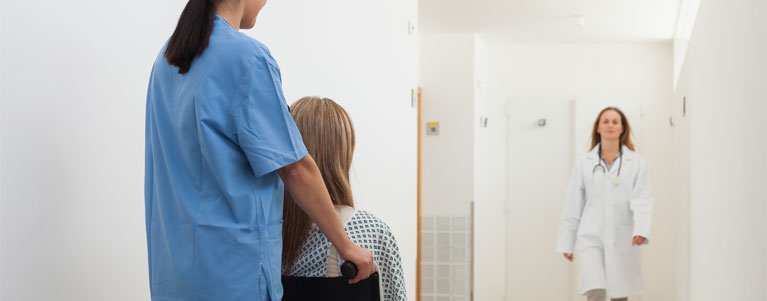If you have been diagnosed with turbinate hypertrophy, and medical treatment has failed to relieve your symptoms, you may be a candidate for a turbinate reduction. This is a surgical procedure designed to reduce the size of your turbinates, small structures attached to the sidewalls of the nasal cavities. The goal of turbinate reduction surgery is to reduce the size of the turbinate while preserving the lining, resulting in a more open airway, enabling patients to breathe better through the nose. Turbinates cannot be removed completely because they warm and humidify inhaled air. Without turbinates, the nose would become very dry and crusty.
While turbinate reduction is often performed in the operating room under general anesthesia, the procedure can be performed in the office under local anesthesia. There are a variety of surgical techniques used to reduce turbinates, including:
- Cauterization
- Coblation
- Radiofrequency reduction
- Microdebrider submucosal resection
- Partial resection
Cauterization, coblation, and radiofrequency reduction are techniques that shrink the turbinate tissue without removing any turbinate tissue or bone. With these methods, the turbinate tissue is heated with a specialized device. Over time, scar tissue forms in the portion of the turbinate that was heated, causing the turbinate to shrink in size. A specialized instrument is used to remove the tissue within the turbinate through a small opening while still preserving the lining of the turbinate. As the turbinate heals, it will be much smaller than it was before surgery. Nasal packing may or may not be placed in the nose at the end of the procedure.
Your physician will help you determine if you are a good candidate for this procedure. If so, the procedure will be scheduled in the office at your convenience.
Information about the procedure:
After you arrive for the procedure, anesthetic will be applied inside the nose. The reduction will be performed while you are relaxing in the exam chair, similar to a dental procedure. Typically, the procedure only takes a few minutes to complete, and there is usually very little bleeding afterward. Most patients are able to return to work or school the next day. Pain is usually mild and controlled with acetaminophen (Tylenol) or ibuprofen (Motrin). Occasionally, turbinate tissue will re-grow after turbinate surgery, and the procedure may need to be repeated.
After surgery, the majority of patients experience continual improvement in their symptoms. While some may immediately notice a dramatic improvement, it may be several weeks before others notice the maximal benefit. Remember that many breathing improvements occur as the turbinates heal and shrink over 10-12 weeks.
At the Raleigh Capitol Sinus and Allergy Center, our experienced surgeons will promptly evaluate your condition with care and compassion. After thoroughly evaluating your case and discussing the range of treatment options with you, our surgeons will use the latest techniques to safely and effectively perform your surgery. To schedule an appointment, click here.
We want to provide excellent services for our patients; for this reason, we ask our patients not to send their medical questions to us through our social media pages. Patients may send questions via our secure, encrypted server on our patient portal or they may contact our office for assistance.

